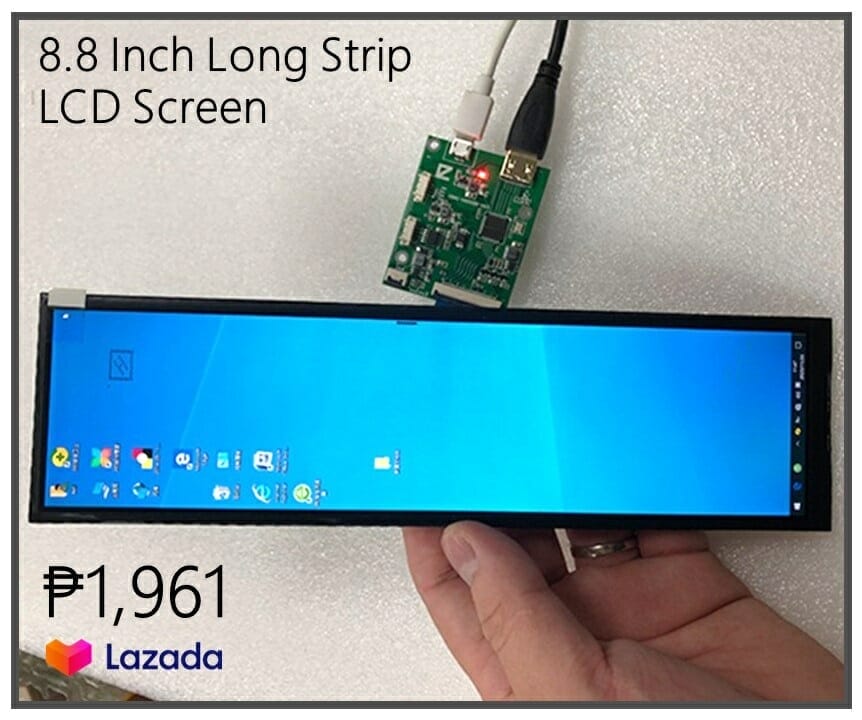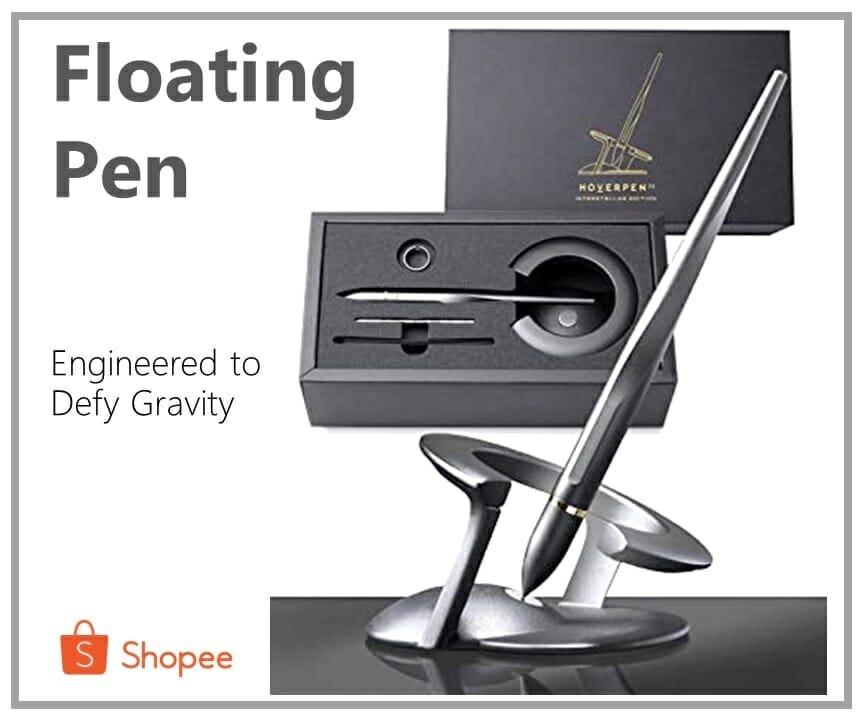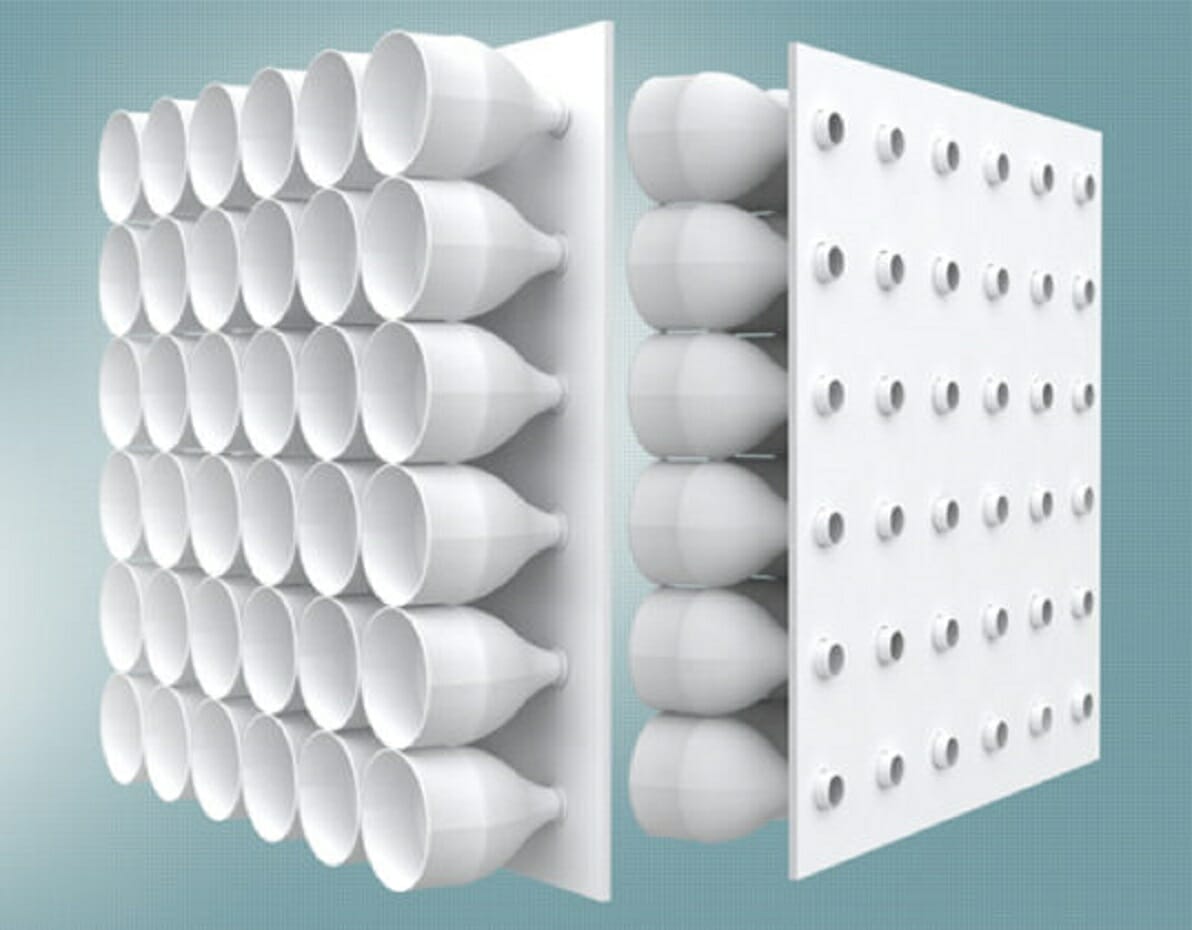Converting food waste to clean energy is the future.
When there is no sunlight and the wind is barely blowing, all solar panels and wind turbines serve no purpose. This is why it’s important to have storage devices to keep excess solar and wind energy, like pumped hydroelectric storage currently used in the industry. Batteries are eyed as an alternative to this, but how about using food wastes to store solar and wind energy?

Food Waste to Energy (Source: Biotechnical Energy)
Battery and flywheel storage take advantage of chemical and mechanical energy, but this new alternative of storage from food wastes use thermal energy, that is storing energy as heat. Through sugar alcohols that are abundant waste products in the food industry and carbon nanotubes, this is possible.
Researchers Huaichen Zhang, Silvia V. Nedea and others were funded by the European Community’s Seventh Framework Programme to analyze what happens when carbon nanotubes of varying sizes were mixed with two types of sugar alcohols that are naturally occurring compounds in food, which are erythritol and xylitol. They found that under one exception, heat transfer within a mixture decreased with the diameter of the nanotube. Their analysis also concluded that higher density combinations led to better heat transfer.

Food Waste to Energy (Source: Biofriendly)
It’s still a long shot that sugar alcohol-based energy storage systems will replace pumped hydroelectric storage, but this is a good foundation for a new alternative in storing renewable energy.


















